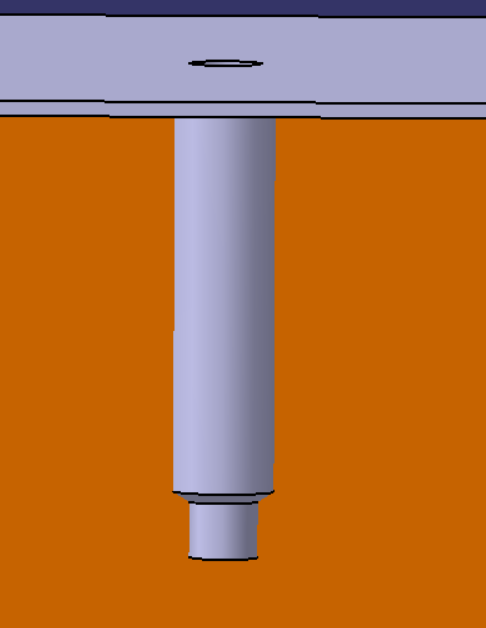Design for Manufacturing: Reaming

This article looks at the drilling operation known as "reaming." We consider good design principles for you to follow whenever specifying reaming operations.
Reaming is the process of enlarging a hole through subtractive manufacturing. Reaming enlarges holes typically in small increments while leaving a high-quality surface finish.
Reaming uses rotary tools or hand tools to accomplish this.
Reaming typically uses a coolant stream to minimize size deviations throughout the process.

Reaming should normally be accomplished with a guide bushing. Despite using a guide, reaming is a somewhat inexact process. Hole location errors should never be corrected by reaming unless the error is extraordinarily small. This will frequently cause excessive rework due to the hole being out of round or out of tolerance.
Reamed holes should generally not intersect with other holes. This risks damage to the cutter and burring at the intersecting edges. This occurs due to the extra mechanical shock of exiting and reentering the material to be cut.
Blind holes should generally have relief space designed for chip collection. Reaming produces many chips, which may result in mechanical binding to the cutter. This relief space may replace an additional hole concentric to the primary hole, which allows chips to collect at the bottom.
Key points:
(a) Do not depend on reaming to correct location or alignment errors
(b) Do not intersect drilled and reamed holes if possible
(c) When reaming blind holes, ensure that there is relief space for chip collection
The use of the key points in this article promotes reaming only when required and appropriate. You will minimize tool breakage, burring, and prevent mechanical binding of your reamer due to chipping.





Member discussion